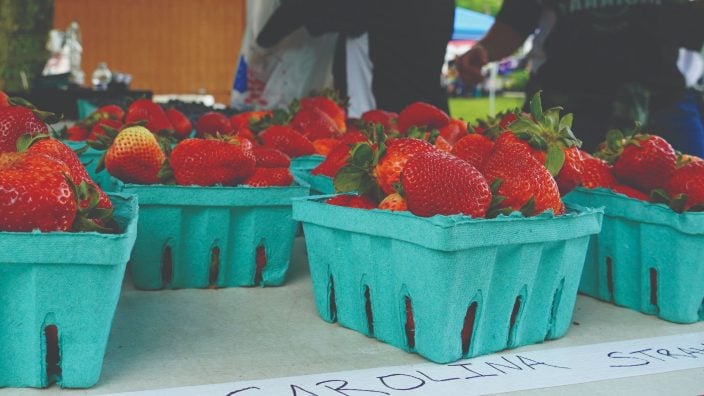Property tax policy under discussion
OFBF annual meeting delegates will discuss how or if current Farm Bureau policy should be modified in light of various property tax proposals.
Read MoreBob and Polly Givens are on a mission to inform small landowners-homesteaders of the advantages of CAUV.
Farmers with smaller operations gather every year in Jefferson County for The Homestead Rendezvous.
It’s an opportunity to market their products to like-minded peers and the public while swapping best practices and sharing common challenges they face in an ever-changing ag market.
Bob and Polly Givens, who operate Givens Tree Farms and are long-time members of Jefferson County Farm Bureau, are the founders of the event. Polly is executive director/nurse manager of the Alliance Pregnancy Center and co-owner/operator of Givens Tree Farms. Bob is a retired agricultural teacher.
CAUV may be thought of as more of a help to medium- and large-sized farmers, and Bob noted that one of the challenges he encounters is convincing homestead farmers that CAUV can be a great help to them as well.
“A lot of small homesteads are located in suburban areas; therefore their acres will be taxed as undeveloped building lots,” he said. “That (acreage) used for ag would be valued at $5,000 to $6,000 per acre, compared to $40,000 to $60,000 per acre as a building lot. Most (homesteaders) have moved from urban or suburban areas and are unaware of the advantages of CAUV.”
Bob shared the example that his own 500-acre farm plus homesite is taxed at $7,000 per year through CAUV compared to the $30,000 it would be taxed as potential home development.
“We attempt to inform all small landowners-homesteaders of the advantages of CAUV (through The Homestead Rendezvous initiative),” he said. “When CAUV first started in the 1970s, I was an ag teacher in Alliance, Ohio, and our school auditorium was used for the general information sessions for area farmers. I heard from farmers then that they were worried the government was trying to control and take over their farms. Some of the same concerns are still around.”
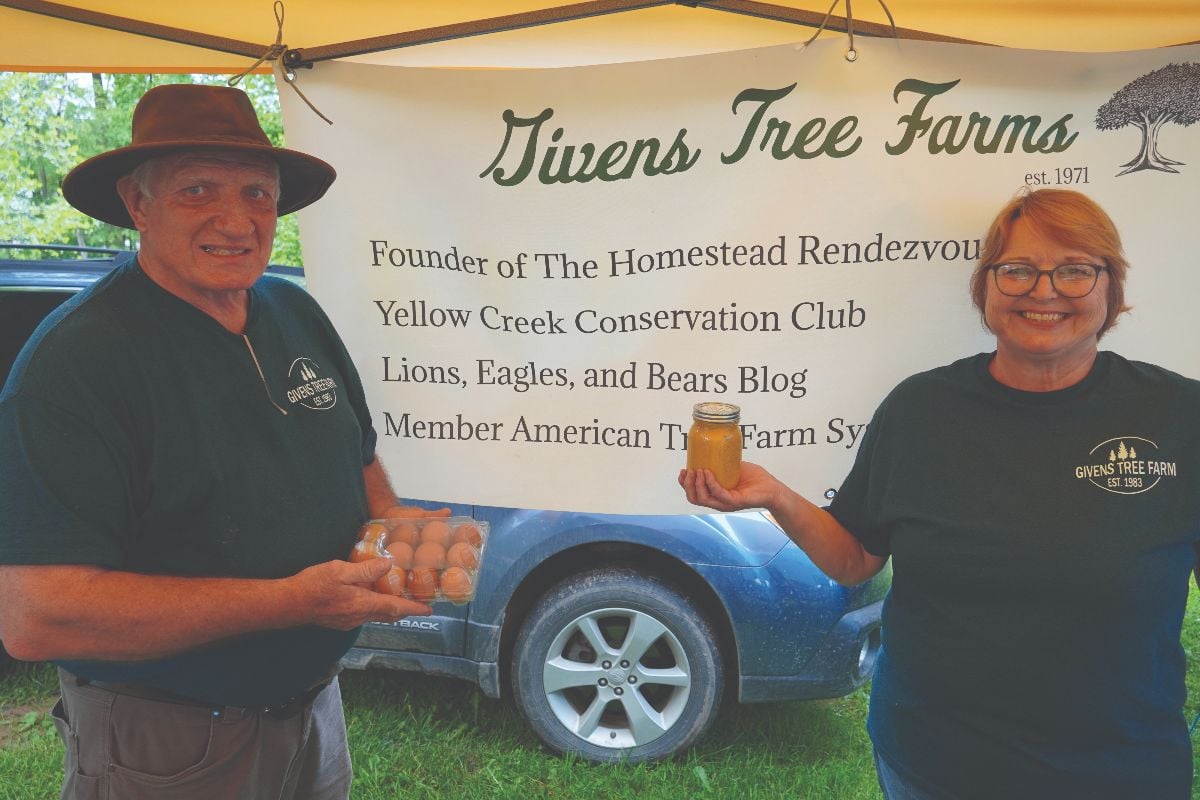
Protecting CAUV in its current state is important to Bob. He recalled many years ago when a Summit County commissioner stated that ‘we don’t need farms. We get our food from the grocery store and the county needs the tax money the farmers aren’t paying.’
“With that kind of ignorance of the role Ohio agriculture plays in local, state, and national economies, we need as many protections and advantages as possible,” he said.
Farm Bureau provides those protections by working to preserve and maintain CAUV for members and farmers throughout the state, as well as other advocacy efforts that are important to ag and rural communities as a whole, such as water quality.
“Farm Bureau has such strong advocacy for rural Ohio. For example, when environmental groups and the federal government wanted to severely restrict property owner’s water rights, Farm Bureau stepped up to spearhead the efforts to protect them,” Polly said, “Farmers developed best practices to maintain clean water and water-use rights for all Ohioans. Farm Bureau is a big part of that. We have many lakes and ponds, and our 490 acres contribute to the Yellow Creek watershed. Protecting the watershed and our access to the water is very important to us.” (Read a copy of the 2024 Water Quality Status Report.)
The Homestead Rendezvous is a field day geared to the small landowner and those interested in becoming more self-sufficient while supporting the local economy. Agricultural businesses, ag agencies, homesteaders, and small farmers are on-site to sell their products, promote their businesses, and meet customers the third weekend in May.
Additional workshops and classes are offered throughout the year on homesteading topics such as canning, chainsaw use, gardening and more.
To qualify for CAUV, land must meet one of the following requirements during the three years preceding an application for CAUV:
Applications for CAUV must be filed with the county auditor.
Source: Ohio Department of Taxation
Photos by Ty Higgins
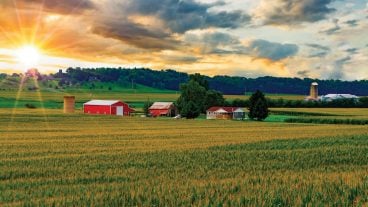
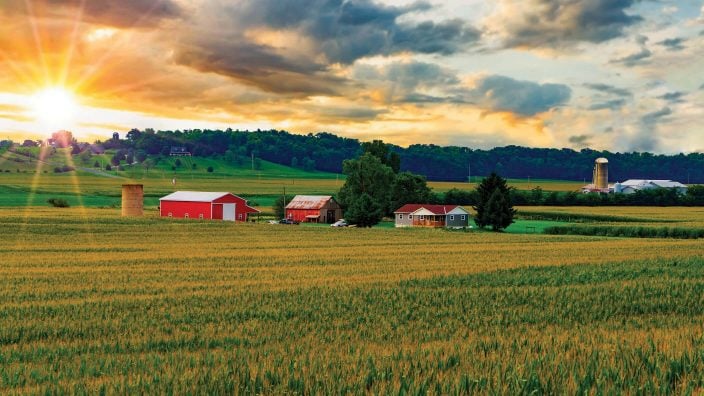
OFBF annual meeting delegates will discuss how or if current Farm Bureau policy should be modified in light of various property tax proposals.
Read More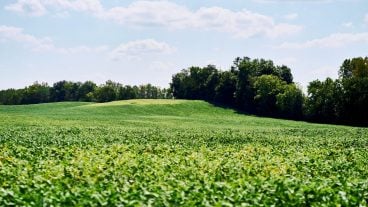
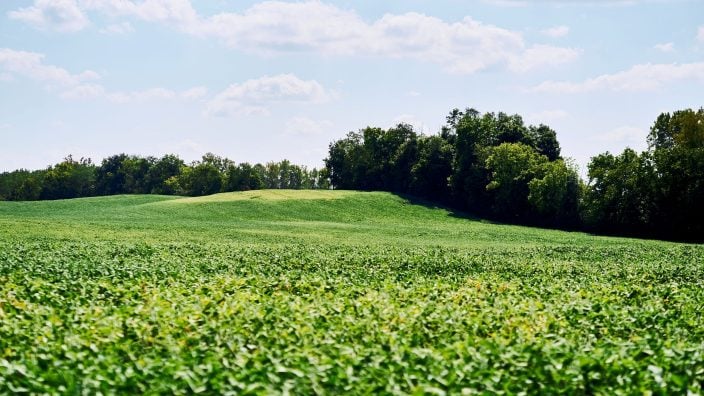
In 2025, about 21 counties are going through a reappraisal or update, and because Ohioans pay taxes one year behind, they will see new property tax bills in January 2026.
Read More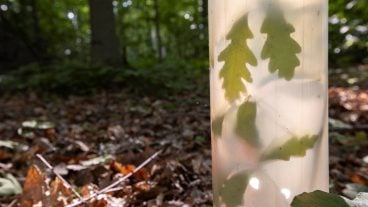
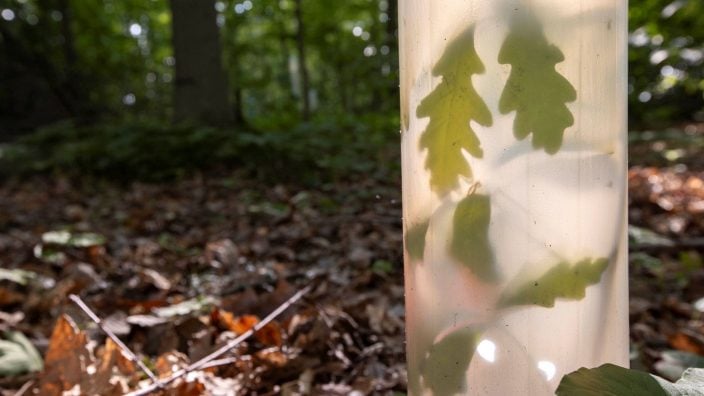
Overall, proper care, maintenance and communication are all essential parts of the process when it comes to trees.
Read More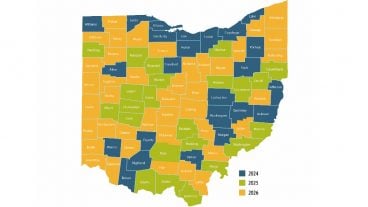
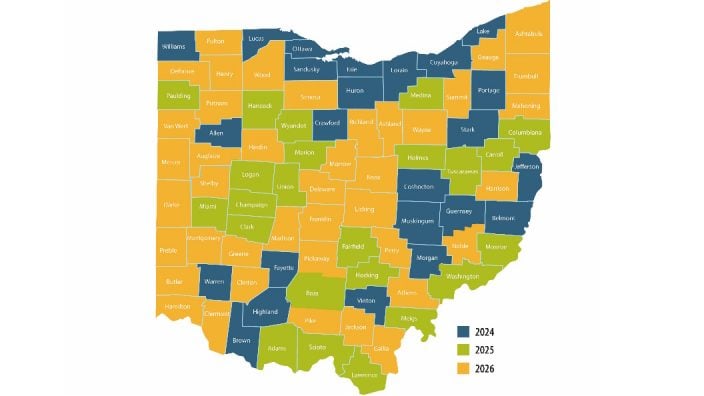
This will apply to the 23 counties on the revaluation cycle in 2025, who will see updated values and tax bills in January 2026.
Read More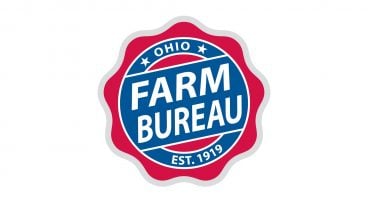
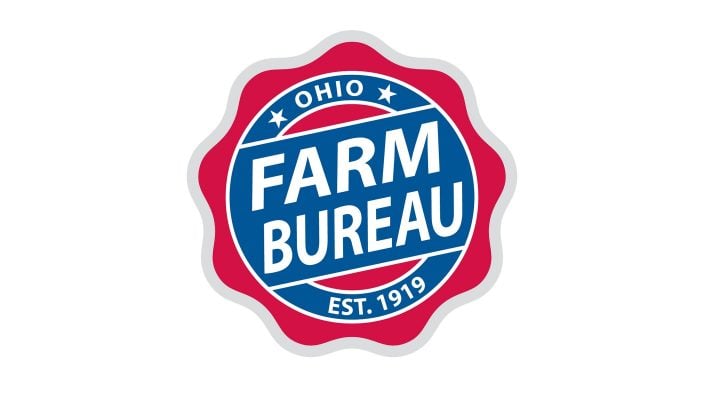
‘We never stop pushing to ensure farmland taxation is fair and reflects the realities of agriculture.’ ~ Mandy Orahood
Read More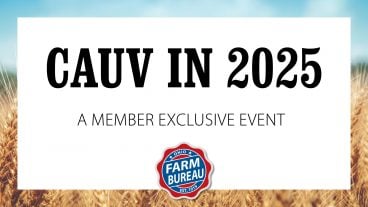
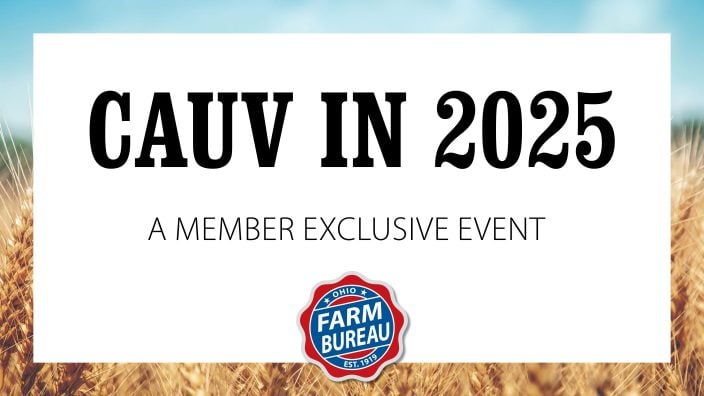
In this recording, learn about the recent increases in Ohio CAUV values, gather information to help you understand the property tax system, and get an update on legislative action.
Read More

Join us for an informative session March 8. Experts will explain recent changes, answer your questions, and help you better understand how CAUV impacts you.
Read More
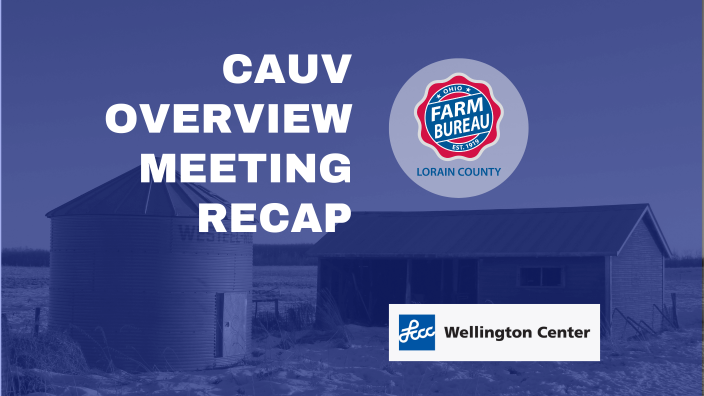
Lorain County Farm Bureau hosted a CAUV meeting Jan. 30, 2025 at LCCC Wellington Center presented by the Lorain County Auditor’s Office and Lorain County Farm Bureau.
Read More

Join Ohio Farm Bureau for a free webinar Feb. 11 to discuss the recent increases in CAUV values, Registration is required.
Read More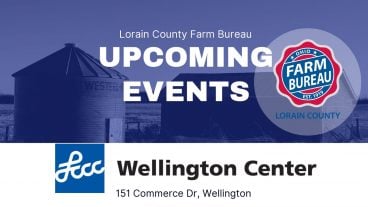

Join us Jan. 30 for a CAUV Overview Meeting at Lorain County Community College.
Read More